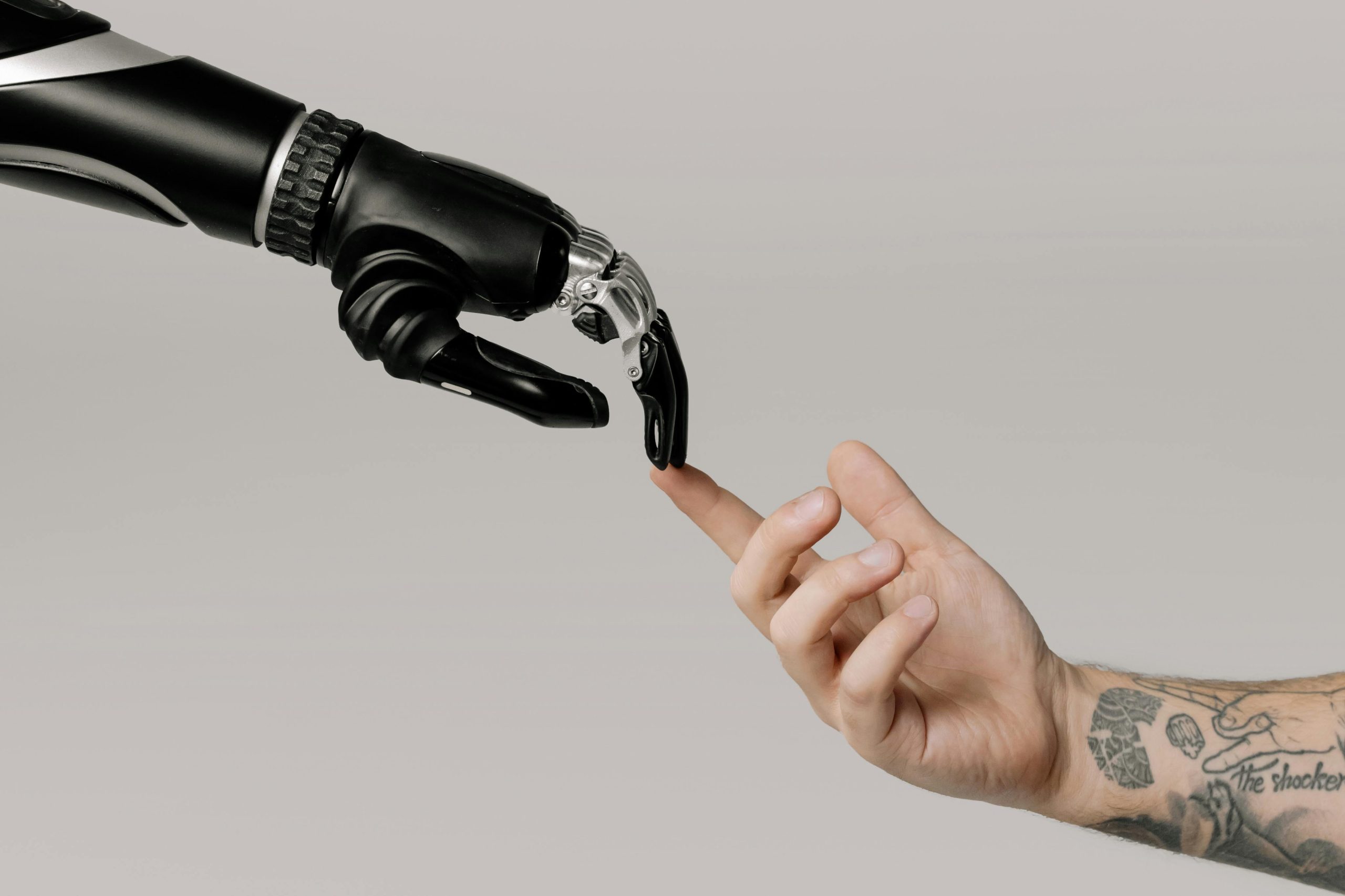The Cult of AGI and the Mirage of the Singularity
Artificial intelligence evokes wildly contrasting visions – from utopian dreams of seamless automation to dystopian fears of mass unemployment and existential risk. Few embody this techno-optimistic hysteria as vividly as Ray Kurzweil, the famed futurologist whose influential yet controversial The Singularity is Near predicts that computers will soon surpass human intelligence, ushering in an era of unimaginable innovation (or, as critics argue, delusionary hype).
Kurzweil, embraced by Silicon Valley’s cult of innovation, has led many to believe we are on the brink of Artificial General Intelligence (AGI) , machines indistinguishable from, if not superior to, humans. This idea, appealing to both sincere believers and cynical market players eager to monetize excitement, vastly exaggerates the reality of AI capabilities.
Generative AI, Impressive but Shallow
Cutting through the noise, generative AI , such as the widely celebrated ChatGPT and other Large Language Models (LLMs), is undeniably impressive. These systems can draft documents, write code snippets, and produce seemingly intelligent dialogue.
Yet beneath their polished output lies a critical flaw ,they have no genuine understanding or original ideas. Their human-like coherence emerges as a statistical trick, predicting the next word in a sequence without comprehension or intent. Consequently, they frequently hallucinate , generating plausible yet utterly false information that can mislead users unless meticulously reviewed by skilled humans.
Despite these limitations, generative AI excels as a tool for efficiency. Businesses, especially small and medium-sized enterprises, can benefit significantly by using generative AI for drafting communications, marketing materials, technical documentation, and other repetitive tasks. Employees empowered by generative AI can produce more, faster, provided human oversight remains vigilant.
Generative AI, while a powerful assistant, cannot yet reliably replace the nuanced judgment of a skilled human reviewer.
Predictive AI and the Quiet Revolution
Contrasting generative AI, predictive AI, or enterprise machine learning – is a less glamorous but profoundly impactful technology already transforming operations across industries.
Predictive AI does not create flashy prose; instead, it quietly analyzes data to make actionable predictions that drive operational improvements. For example, UPS leverages predictive AI to optimize delivery routes, saving hundreds of millions of dollars annually and significantly reducing emissions. Similarly, predictive AI helps hospitals identify high-risk patients before discharge, and allows fire departments to prioritize building inspections based on risk assessments.
Yet even here, where AI proves extraordinarily valuable, its utility depends entirely on human action and interpretation. Predictive AI can identify trends, risks, or opportunities, but humans must ultimately decide how to act upon these insights.
Far from fully autonomous replacements, AI systems remain powerful yet limited decision support tools.
Workforce Disruption, Real and Imagined
Alarmist predictions suggesting AI will swiftly decimate entire sectors of the workforce are overstated. Yes, large corporations will likely trim certain roles that AI can automate, but the scale and speed of displacement will not match the sensationalist forecasts of AI evangelists and media pundits.
In reality, the AI revolution will primarily serve as a productivity booster, enabling employees to achieve more with less effort, and to focus more deeply on tasks that genuinely require human creativity, intuition, and ethical judgment.
The Myth of Human Equivalent Intelligence
One concept often misunderstood in this debate is Human Equivalent Intelligence (HEI), the notion that a machine could achieve the flexible, self-aware reasoning of a human mind.
Despite the impressive capabilities of generative models, HEI remains a distant prospect. In The Emperor’s New Mind, physicist Sir Roger Penrose argues that true human-level cognition cannot be replicated through mere symbol manipulation or algorithmic processes. Consciousness, he contends, involves non-computable elements that lie beyond conventional computation.
This critique adds serious weight to the view that no amount of language modeling alone will ever amount to actual understanding or awareness.
Augmentation, Not Substitution
Ultimately, the AI revolution is about augmentation, not substitution. It is a force multiplier, not an existential threat to human employment.
Isaac Asiomov, with typical foresight in I Robot, dramatized the complexities of human-machine collaboration and the critical importance of maintaining human oversight and moral judgment over automated systems.
His narrative holds a lesson that is more pertinent now than ever: technology is powerful, but only humans can infuse it with meaningful purpose.
In sum, businesses should embrace AI for what it realistically offers ,remarkable efficiency gains and enhanced productivity, but remain vigilant about its inherent limitations.
AI, for all its wonder, remains a tool wielded by humans. Successful deployment hinges upon understanding precisely where the machine ends and the human begins.
References
Ray Kurzweil, The Singularity is Near
Nick Bostrom, Superintelligence: Paths, Dangers, Strategies
Max Tegmark, Life 3.0: Being Human in the Age of Artificial Intelligence
Martin Ford, Rise of the Robots: Technology and the Threat of a Jobless Future
Sir Roger Penrose, The Emperor’s New Mind
Isaac Asimov, I Robot
Eric Siegel, The AI Playbook: Mastering the Rare Art of Machine Learning Deployment
Disclaimer: Important Legal and Regulatory Information
This report is for informational purposes only and should not be construed as financial, investment, legal, tax, or professional advice. The views expressed are purely analytical in nature and do not constitute financial guidance, investment recommendations, or a solicitation to buy, sell, or hold any financial instrument, including but not limited to commodities, securities, derivatives, or cryptocurrencies. No part of this publication should be relied upon for financial or investment decisions, and readers should consult a qualified financial advisor or regulated professional before making any decisions. Bretalon LTD is not authorized or regulated by the UK Financial Conduct Authority (FCA) or any other regulatory body and does not conduct activities requiring authorization under the Financial Services and Markets Act 2000 (FSMA), the FCA Handbook, or any equivalent legislation. We do not provide financial intermediation, investment services or portfolio management services. Any references to market conditions, asset performance, or financial trends are purely informational and nothing in this report should be interpreted as an offer, inducement, invitation, or recommendation to engage in any investment activity or transaction. Bretalon LTD and its affiliates accept no liability for any direct, indirect, incidental, consequential, or punitive damages arising from the use of, reliance on, or inability to use this report. No fiduciary duty, client-advisor relationship, or obligation is formed by accessing this publication, and the information herein is subject to change at any time without notice. External links and references included are for informational purposes only, and Bretalon LTD is not responsible for the content, accuracy, or availability of third-party sources. This report is the intellectual property of Bretalon LTD, and unauthorized reproduction, distribution, modification, resale, or commercial use is strictly prohibited. Limited personal, non-commercial use is permitted, but any unauthorized modifications or attributions are expressly forbidden. By accessing this report, you acknowledge and agree to these terms-if you do not accept them, you should disregard this publication in its entirety.



